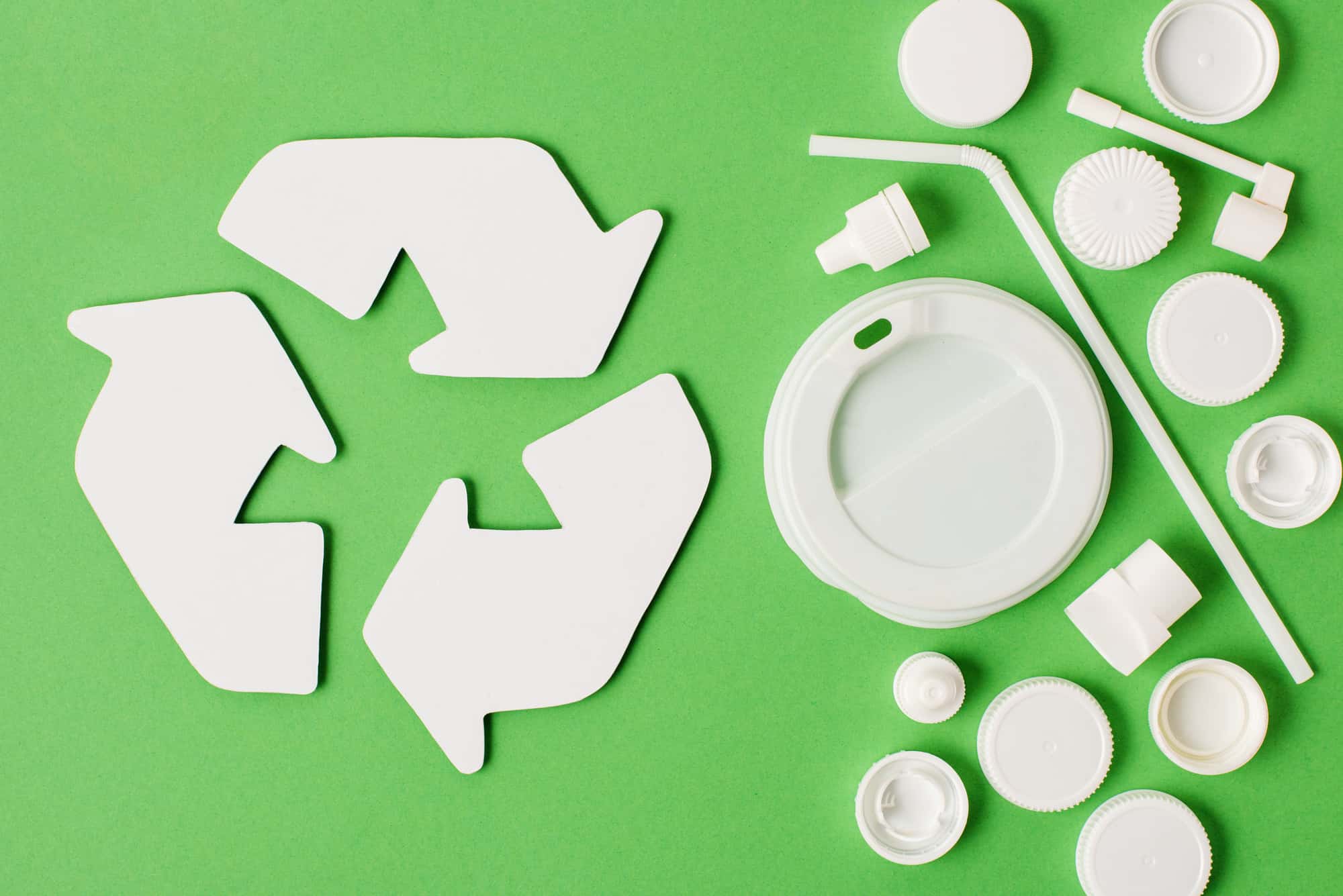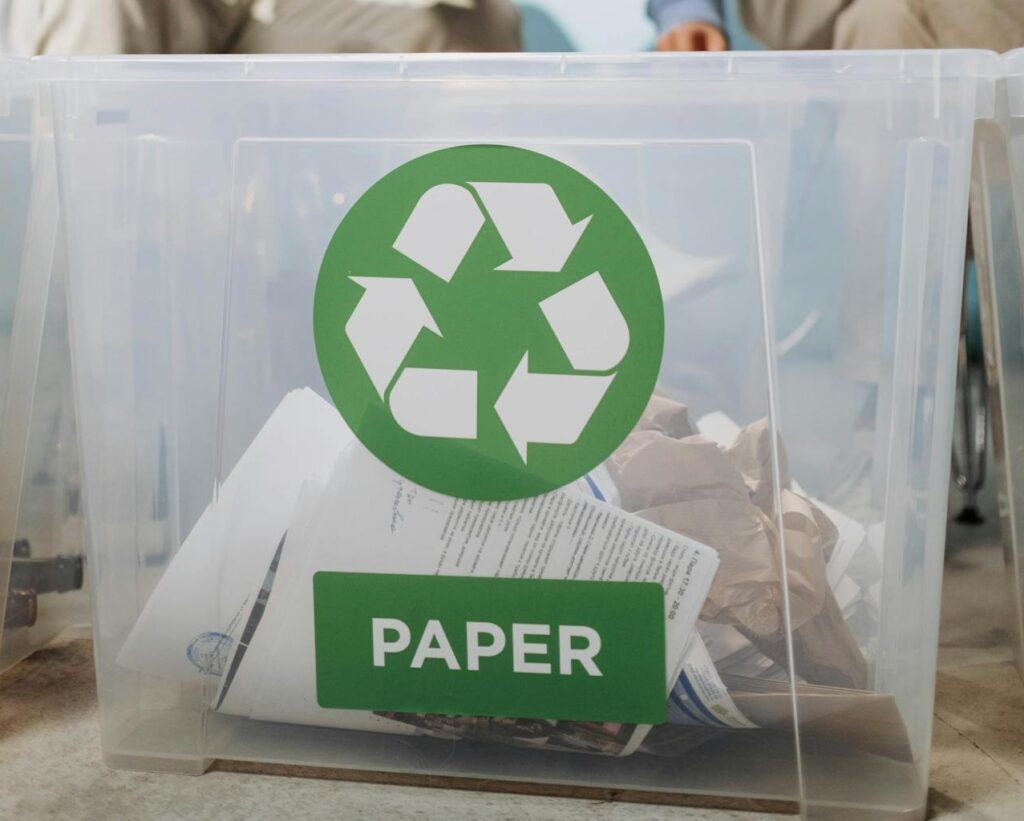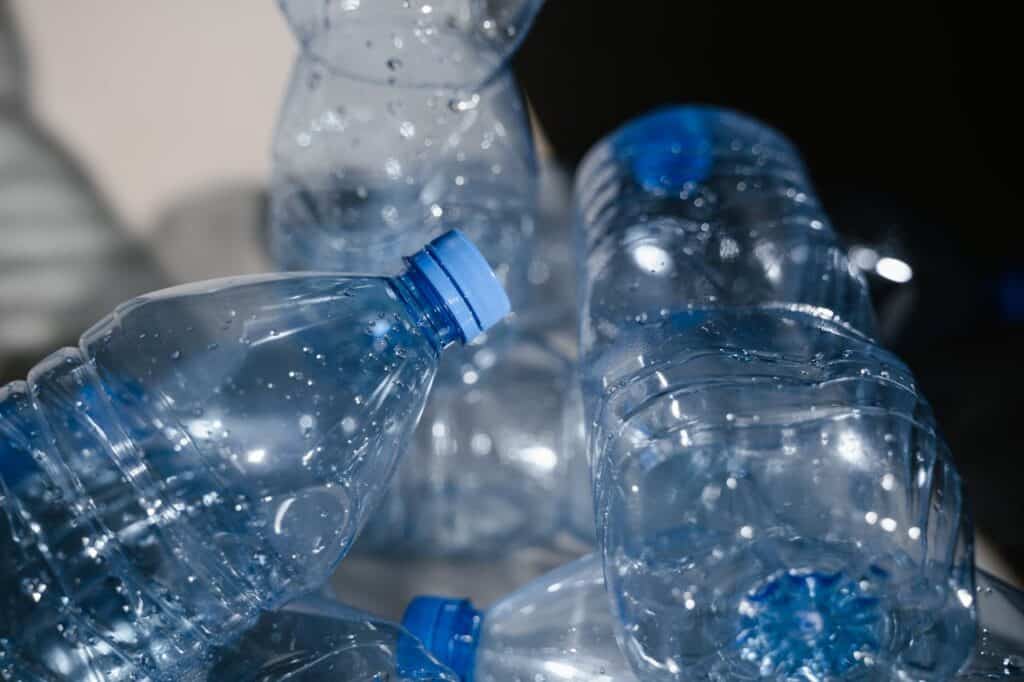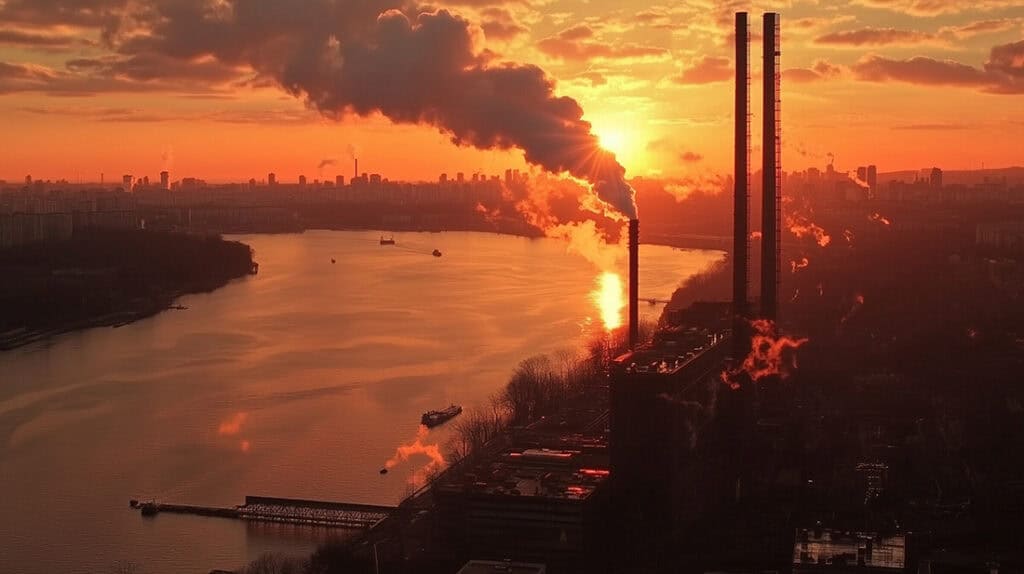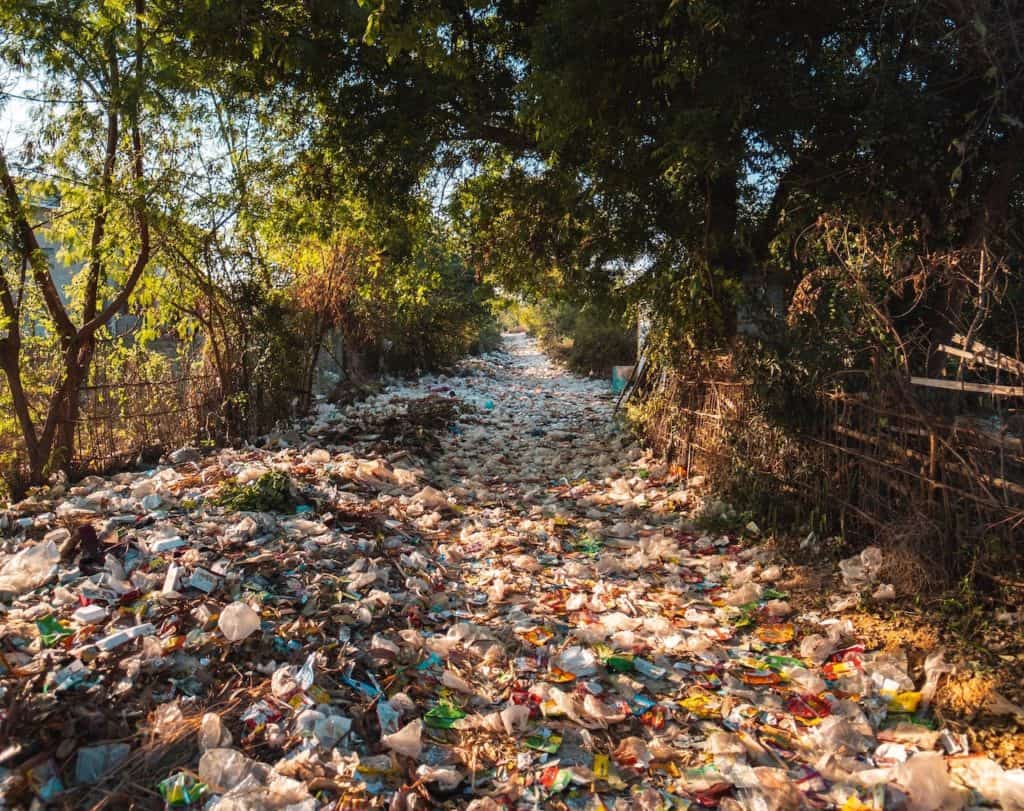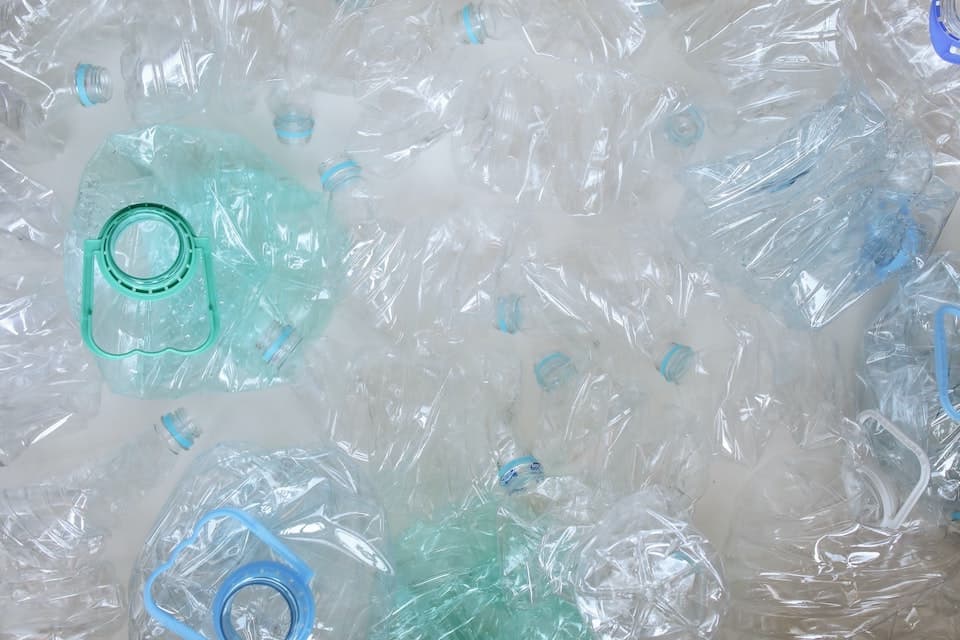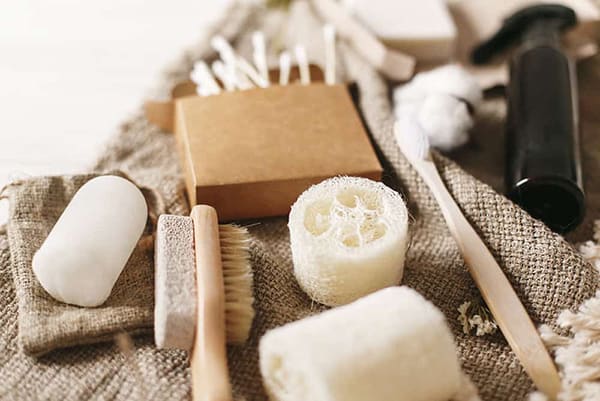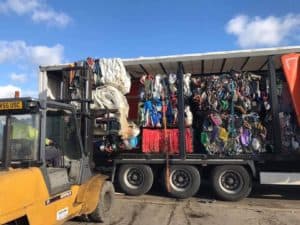The term Zero Waste is being spoken about more and more in recent times but what does it actually mean? Is it a target or a lifestyle and is it actually achievable?
What is Zero Waste?
We have all heard of the Reduce, Reuse, Recycle model that we use to help reduce waste. Well, Zero Waste goes one step further where every product designed should be able to be reused in some way, including its packaging. This would result in no waste being sent to landfills or the ocean. Many people see it as more of a goal and lifestyle, rather than a hard target, where people can help by only purchasing items that can be reused, recycled, or composted.
Why should we adopt the lifestyle?
We all know that there is a problem with waste management across the globe, but do we know how bad it actually is? Let’s look at a few shocking facts from the National Geographic.
- More than 5 trillion pieces of plastic are already floating in our oceans.
- By 2050, virtually every seabird species on the planet will be eating plastic.
- Only 9% of plastic waste gets recycled globally.
- More than 40 percent of plastic is used just once, then tossed.
I think it’s safe to say we have some work to do!
Is it achievable?
It is becoming clear that thinking recycling is enough to solve the world’s waste problem is an issue that needs to be overcome. Many people believe zero waste is achievable however, people’s mindsets need to be changed to start thinking more about reducing and reusing. This means concentrating more on the packaging on the products we buy, only buying things we really need and limiting the use of soft plastics. These relatively easy steps will ultimately produce much less household waste which can then either be recycled or composted, leaving nothing left to throw away.
There are, however, some drawbacks that come from adopting this new mindset. Firstly, it is a time-consuming lifestyle that requires discipline. This could make it more tricky for people with busy schedules. It is also potentially more expensive to live by this philosophy as products using creative methods for reusable packaging tend to cost more. Lastly, it can be limiting at times with alternate Zero Waste products being sometimes difficult to find. Despite these drawbacks, it is possible!
Kamikatsu Leading The Way
Kamikatsu, a small village in Japan has taken sustainability to new heights after proving to the rest of the world that living a Zero Waste life is possible. In the 1990s they had almost no recycling at all, with burning rubbish leading to large amounts of greenhouse gases and toxins being emitted damaging the wildlife.
In 2003 they decided to make a change and adopt a Zero Waste lifestyle where everything had to be recycled and nothing is thrown away. At the start, they struggled with how time-consuming it was and got confused by all the different rules and regulations they had to follow. They then showed great community spirit and all pulled together getting through the initial difficulties, with great results as they now produce almost no rubbish whatsoever. This is achieved through a detailed classification system containing 45 categories of recycling which quickly had to become a way of life.
As Kamikatsu residents started to embrace this philosophy they got creative, using compost as fertilizer for the local farm and shop owners reusing cardboard as packaging for products. Whilst Kamikatsu is a small town, they have certainly proved what can be achieved if everyone pulls together. Could this be a glimpse into our future?
There is no doubt that achieving Zero Waste is a lengthy, time-consuming process that will take a lot of commitment. We have, however, been shown that it is possible and small individual changes can still go a long way to helping the world’s waste problem.
Here at Plastic Expert, we are committed to reducing the amount of plastic and cardboard ending up in landfills and the ocean. Get in touch today to discuss recycling for your business.

